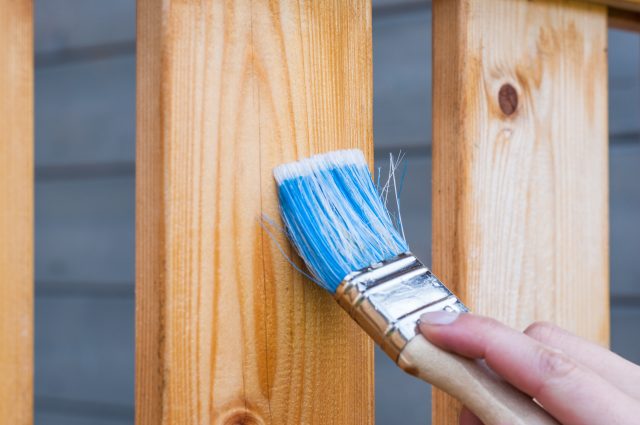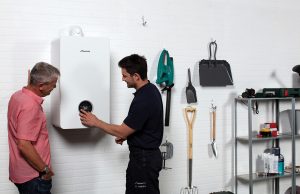
When you are looking to add new fencing to your garden, it is easy to assume that choosing a fence panel design is going to be straightforward. However, as you may have guessed, that is not the case!
Many people become quickly overwhelmed with the wide range of available fence panels, but this means you have a higher chance of finding the exact fence panels that you want. Although, if you are going into a redesign project with a more varied view and are more willing to be flexible, it can become tougher to settle on a single design.
So, with that in mind, here are some tips to help you choose fencing panels for your back garden.
Style
The first thing you probably want to explore is the style of the fencing panels you will choose. If you have a more minimalist garden, you may want panels that are made from more modern materials such as composite. You can easily find these at eComposite Products Ltd and many similar sites, as well as in certain garden centres and DIY shops.
On the other hand, say your garden is more nature-themed with lots of flowers, bushes and shrubs – in this case, you may want a fence that is styled more around this aspect and will look more rustic.
Material
The type of fence leads nicely to the material itself. A rustic fence panel is more likely to be made of wood, which is indeed very durable – but it can be sensitive to issues such as dampness and mould, so it will need to be treated.
If you are looking for an incredibly durable material that is splinterproof and can withstand high winds, a more modern option like the aforementioned composite fencing may be the ideal solution.
Height
Next, once you have decided on the style of fence that you want and the material, you will need to get out the measuring tape and do some perimeter assessments. This will be of every fence panel you have in your garden or the spaces between any posts you have or are going to put up. This will help you be able to accurately predict how many new fence panels you will need.
You should also avoid making the new fencing higher than the older ones. Plus, you will need to consider that your fence will need to be higher than one metre if you are putting your fence next to the pavement. Alternatively, if it is installed anywhere else on the property, it may need to be higher than two metres.
Cost
Of course, the cost is a factor, and if you are on a tight budget, it is likely to limit you to fence panels that are usually made of non-varnished wood. If you have a bit more money to spare, you can invest in a fence that is made from a mixture of wood and plastic. Or, you can even opt to build a wall instead of a fence if you have planning permission to do so.
Maintenance
As mentioned, if you are opting for a wooden fence, this will require maintenance, such as regular varnishing. If you are looking for a fence that will not need so much TLC to keep it standing and intact, you may want to opt for a metal fence or even a plastic one.













